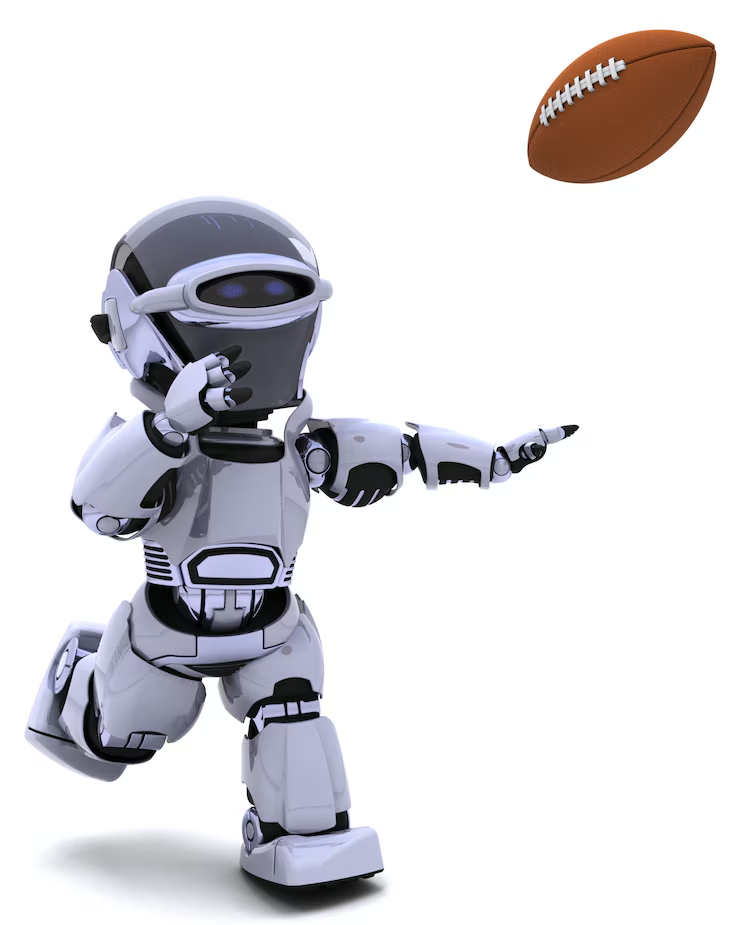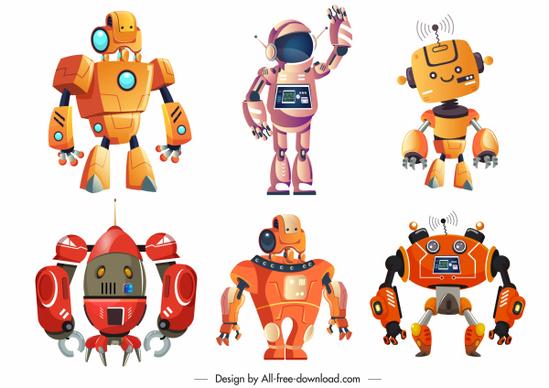
In the robot era, one thing just as important as artificial intelligence itself is the place of origin. Just like humans have nationality, robots will also be given a “homeland of birth” – this not only reflects technology but also shapes culture, values, and design styles.
🇺🇸 AmericaBots – Freedom & Pragmatism
-
Pros: Strong in AI software, open ecosystems, integrated with cloud services. American robots often carry the spirit of “creative freedom” and are easy to expand into various applications.
-
Cons: High cost, sometimes criticized for putting commercial interests above community benefits.

🇨🇳 ChinaBots – Mass & Adaptive
-
Pros: Affordable, mass production, accessible to all social classes. Chinese robots often “learn fast” and adapt quickly to markets.
-
Cons: Often questioned about data security, with inconsistent durability.
🇯🇵 JapanBots – Subtle & Humanized
-
Pros: Designed with emotions and closeness to humans in mind. Japanese robots are considered more like “companions” than tools.
-
Cons: High research costs, slower commercialization compared to China and the US.
🇪🇺 EuroBots – Standards & Sustainability
-
Pros: Strict compliance with ethics and environmental rules. European robots often have outstanding durability and focus on safety.
-
Cons: Restricted by many regulations, with less bold “risky” innovation than the US or China.
🇰🇷 KoreaBots – Fast & Modern
-
Pros: Quick updates, good combination of technology and fashion. KoreaBots bring a “cool & trendy” style.
-
Cons: Mostly focused on the domestic market, with weaker global influence.
👉 In the future, IndiaBots, AfricaBots, MiddleEastBots… may emerge – each with its own unique identity. The robot world will not only be a technological race but also a global cultural collision.